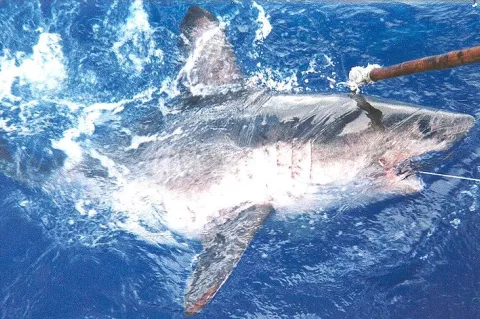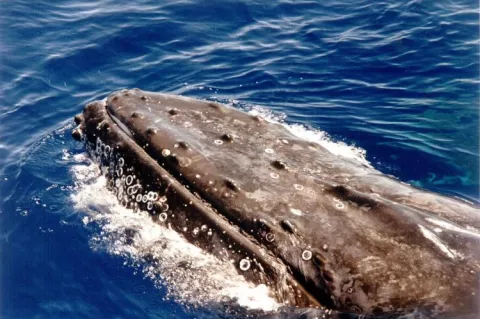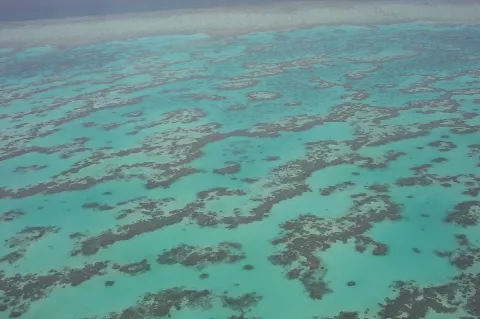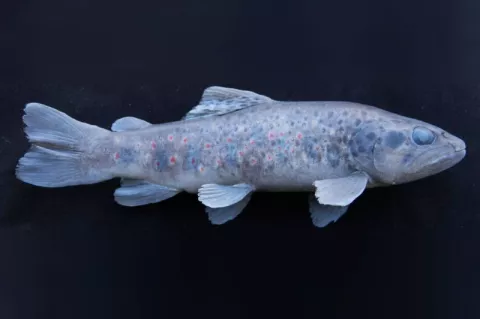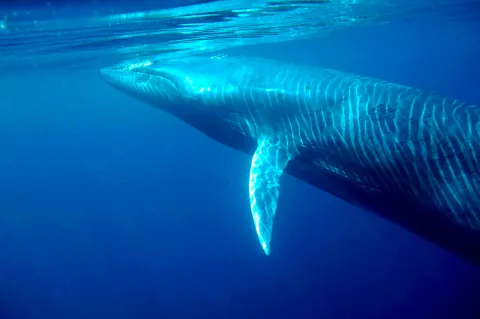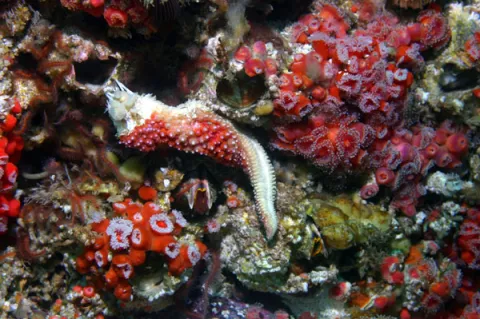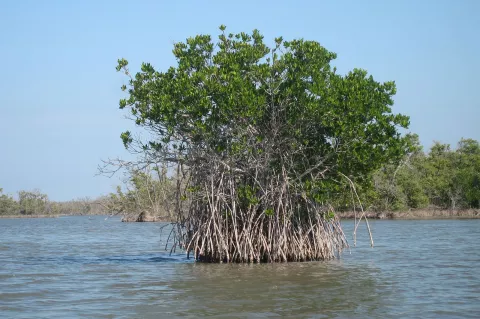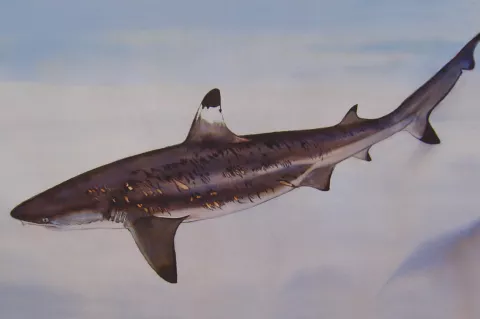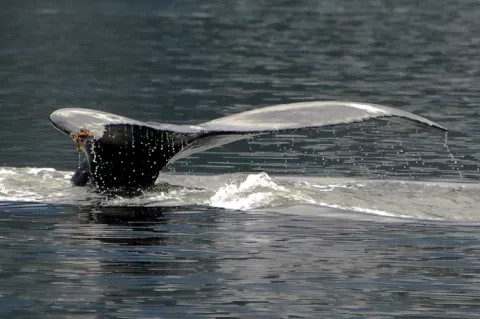New research reveals life history of salmon sharks
As the saying goes, you are what you eat. Researchers at Stanford University's Hopkins Marine Station are using this adage to better understand the life history of the salmon shark. An important apex predator and cousin of the great white, this far-ranging species roams the entire North Pacific Ocean, from Alaska to the warm sub-tropics of Hawaii and the Baja Peninsula

